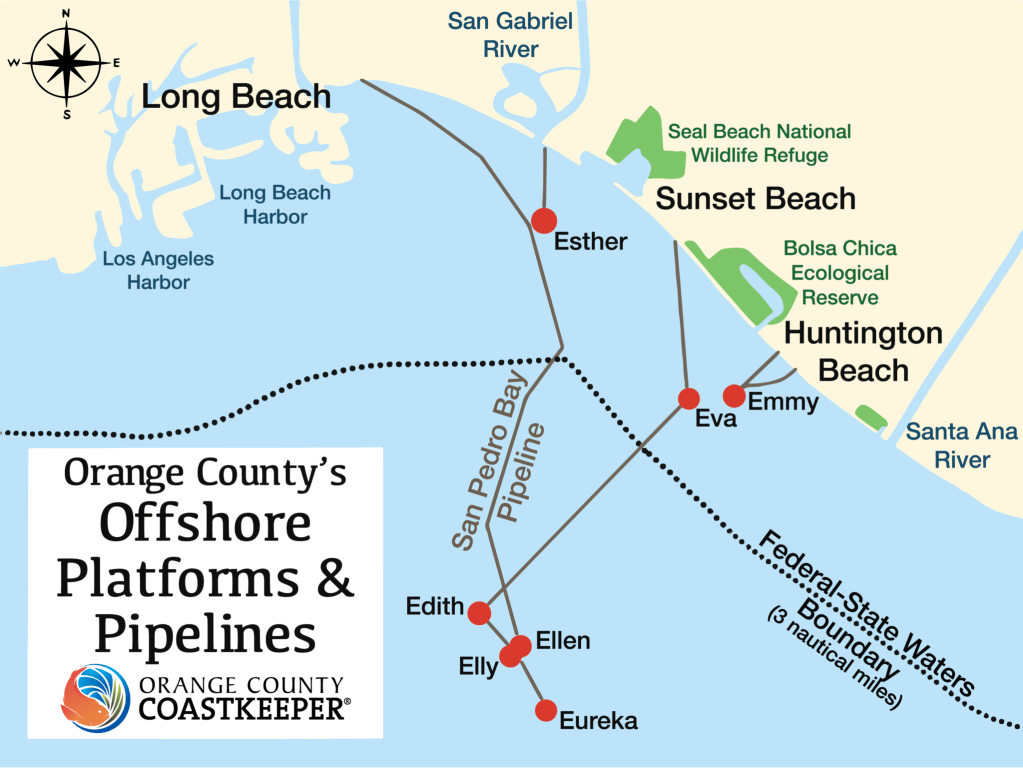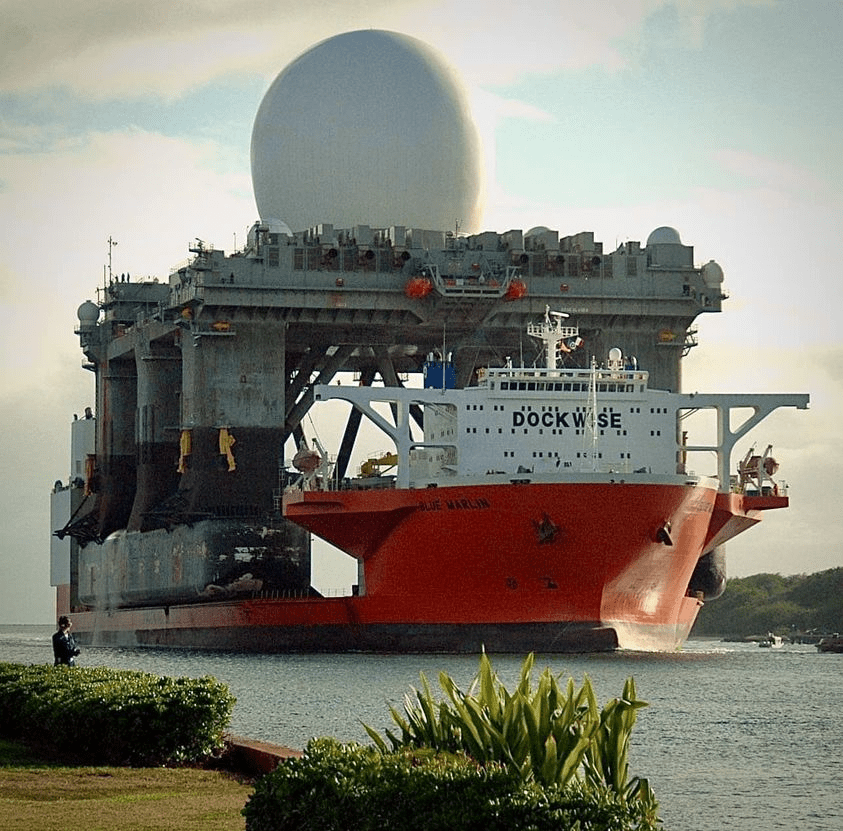A mile offshore during the big year-end swell (map below). Rigs-to-Rides!

Posted in California, Offshore Energy - General, rigs-to-reefs, Uncategorized, tagged big swell, California, platform Esther, rigs-to-rides, surf on December 31, 2023| Leave a Comment »
Posted in Offshore Energy - General, rigs-to-reefs, Uncategorized, tagged Little Mermaid, reef effect, Thanksgiving, Under the Sea on November 23, 2023| Leave a Comment »
Posted in decommissioning, Gulf of Mexico, Offshore Energy - General, rigs-to-reefs, tagged decommissioning, Gulf of Mexico, OCS facility dashboard, rigs to reefs on November 22, 2023| Leave a Comment »
BSEE’s Facility Infrastructure Dashboard is a useful tool for tracking decommissioning activity in the Gulf of Mexico. A few numbers from the dashboard:
Planned disposition of the 291 pending removals (25% of the structures to be reefed):

Posted in California, decommissioning, rigs-to-reefs, tagged Ann Bull, California, decommissioning, marine oases, Milton Love, offshore platforms, Platform Holly, rigs to reefs, UCSB on October 16, 2023| Leave a Comment »

Excellent Guardian article featuring my former colleague Dr. Ann Bull and Dr. Milton Love from the University of California at Santa Barbara.
According to a 2014 study they (Bull and Love) co-authored, the rigs were some of the most “productive” ocean habitats in the world, a term that refers to biomass – or number of fish and how much space they take up – per unit area. The research showed the rigs to be about 27 times more productive than the natural rocky reefs in California.
Guardian
Posted in rigs-to-reefs, Uncategorized, tagged Great Carrier Reef, Pensacola, USS Oriskany on August 12, 2023| Leave a Comment »

USS Oriskany (CV-34) holds the distinction of being the final Essex-class aircraft carrier ever completed. Instead of being decommissioned and scrapped, the ship was intentionally sunk approximately 25 miles south of Pensacola, Florida. This unique decision transformed the USS Oriskany into the largest ship ever used to create an artificial reef. Due to this extraordinary use, the carrier has earned the affectionate nickname “The Great Carrier Reef.” from Military Tactics
Posted in Offshore Energy - General, Offshore Wind, rigs-to-reefs, tagged Block Island Wind, BOEM, mussels, reef effect, rotors to reefs on August 7, 2023| Leave a Comment »
Posted in climate, Gulf of Mexico, Offshore Energy - General, rigs-to-reefs, tagged artificial reefs, carbon capture, CBC, Rio Grande Valley Reef, Texas on June 1, 2023| Leave a Comment »
This CBC story, which includes excellent video interviews, was brought to my attention by Newfoundlander Howard Pike, an engineer and offshore safety leader.

We know a lot about Rigs-to-Reefs, and the importance of active and reefed platforms in providing the habitat, shelter, and food that is necessary to increase biodiversity and productivity. However, the carbon reduction potential of artificial reefs has received little attention.
The linked CBC story is particularly interesting in that it includes interviews with artificial reef researchers who are assessing the carbon capture aspects. To date the results are encouraging:
As for the impact on climate change, the researchers say they have found some evidence that an artificial reef could hold more carbon compared to a natural reef.
Posted in Offshore Energy - General, rigs-to-reefs, Uncategorized, tagged Blue Marlin, MaritimePhoto, Rigs-to-Radar, rigs-to-reefs on April 1, 2023| Leave a Comment »
A new addition to our Rigs-to-Reefs+++ page courtesy of MaritimePhoto.

Posted in California, decommissioning, Offshore Energy - General, Regulation, rigs-to-reefs, tagged alternate uses, Decommissioning EIS, Pacific, partial removal, reef program on October 20, 2022| Leave a Comment »
The 23 platforms in Federal waters offshore California are from 33 to 55 years old. Most are no longer producing and 8 are on terminated leases. Some of the platforms are massive structures in water depths up to 1200′ (list of platforms and map below).
BOEM’s draft programmatic EIS evaluates 4 decommissioning alternatives, none of which appear to be workable for a combination of economic, environmental, and legal reasons:


Posted in Offshore Energy - General, Offshore Wind, rigs-to-reefs, tagged North Sea, rigs-to-reefs, Rigs-to-Roosts, Wenlock platform on August 29, 2022| Leave a Comment »

GUILDFORD, UK — Alpha Petroleum Resources, Energean UK and Orsted Hornsea Project Four will consider repurposing the Wenlock gas platform in the UK southern North Sea, which is nearing the end of its productive life.
One possibility is to reuse the facility as an artificial nesting site to offset the impact on certain bird species of offshore wind developments in the area.
Black-legged kittiwakes have set up nests on various North Sea platforms, according to Orsted’s recent surveys. Repurposing an existing platform as an artificial nesting structure is seen as an alternative to building a new artificial nesting structure to support the local development of the Hornsea Four offshore wind farm.
Offshore Magazine